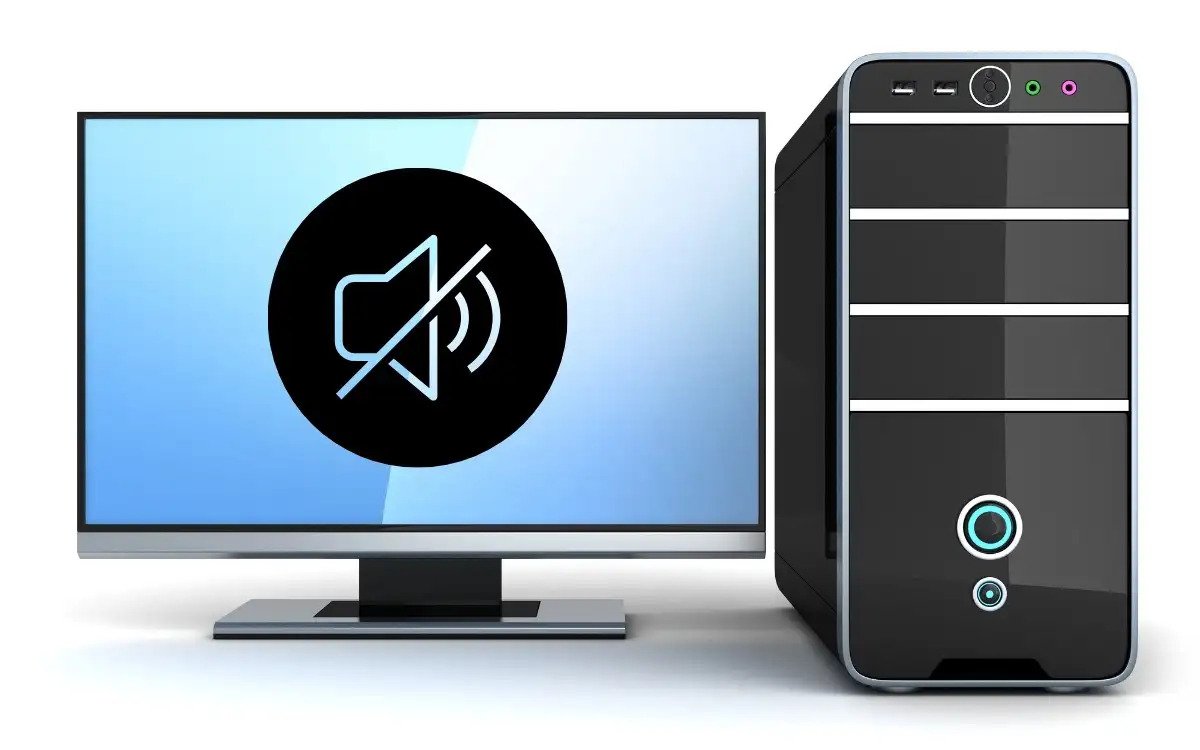Why There’s No Sound on My Windows 11 PC?
Your Windows 11 has no sound? Don’t worry! This issue can usually be solved in just a minute or two.
You can find a huge number of messages online from Windows 11 users complaining about the total lack of sound in their system. Whether it’s fresh or already used OS – similar problems are observed in both cases.
In today’s article, we’ll share with you a number of tips for restoring sound on Windows 11.
Contents
No Sound on Windows 11 – What to Do?

The most basic
Don’t get it wrong, we’re by no means trying to mock you.
- Restart your PC.
- Unplug your headphones from the audio jack if you’re using speakers.
- Rotate the volume nob on the speakers.
- Reconnect the headphones/speakers to the computer.
- Check the volume slider in the system tray.
Nothing has changed? Then it’s time to make more specific fixes.
Change the output device
Click on the small arrow next to the volume slider. A list of available output devices will appear in front of you. Select the right device for you from the list, such as Speakers (Realtek(R) Audio) and check to see if sound appears. Do you have a whole bunch of sound devices and don’t know what name your speakers/headphones are under? Go through the devices until the sound appears.
Change the format of the output sound
In some cases, the sound may be lost if you set the wrong sampling format for the output device (i.e. speakers, headphones). To change this format do the following:
- click on the volume icon in the system tray;
- select the “Advanced Audio Settings”;
- under “Output options” find the “Format”;
- in the drop-down menu decrease or increase the format quality;
- restart your PC.
Once you’ve logged into the OS, check to see if the sound problem has been resolved.
Check the sound device in the device panel
You may not be hearing any sound on your system because your sound device is not working at all. Check if your speakers/headphones are plugged into the audio jack (or USB connector). If everything is plugged in, it’s time to head to Device Manager.
- Click on “This computer” and select “Manage”;
- from the list of utility programs, select “Device Manager”;
- on the right side of the window, expand the “Audio Inputs and Outputs” section;
- find the device with the gray arrow, click on it and select “Turn on device”;
- close all open windows.
In rare cases audio device can be deactivated by OS itself.
Reinstall the audio drivers
Unfortunately, drivers crash from time to time. The same can happen with audio drivers. Usually, this situation occurs during the initial installation of the drivers, which was suddenly interrupted. Anyway, broken drivers can always be uninstalled and normal, working drivers can be installed in their place.
- Open Start and go to the path:
- ↓Preferences
- ↓Applications
- ↓Applications and features
- find “Realtek High Definition Driver” in the list (the name of your driver may be different!);
- click the icon with three dots and select Uninstall;
- enter Device Manager as shown above;
- click on your sound device and select “Uninstall Device”;
- confirm your intentions and restart your PC.
After restarting your computer, Windows 11 should automatically find and install the missing drivers. If for some reason this did not happen, download and install them from the official website of your motherboard manufacturer. The main thing is not to forget to run the driver installer as an administrator!
Still no sound? Well, then the problem may lie in the sound device itself. Check if other headphones/speakers will work properly or plug the old ones into a different audio jack.